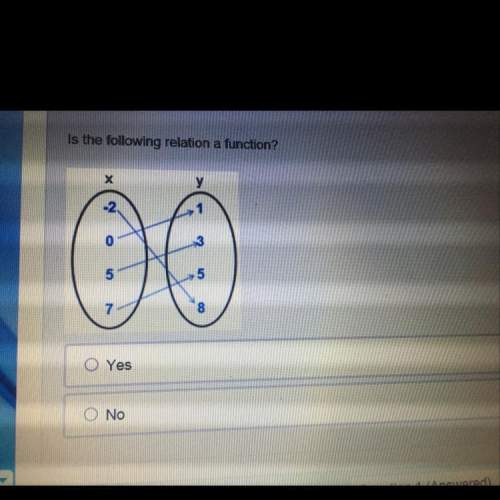The graph of the function f(x) = (x − 3)(x + 1) is shown.
On a coordinate plane, a parab...

Mathematics, 07.03.2020 04:24, thezbell
The graph of the function f(x) = (x − 3)(x + 1) is shown.
On a coordinate plane, a parabola opens up. It goes through (negative 1, 0), has a vertex at (1, negative 4), and goes through (3, 0).
Which describes all of the values for which the graph is positive and decreasing?
all real values of x where x < −1
all real values of x where x < 1
all real values of x where 1 < x < 3
all real values of x where x > 3

Answers: 1
Other questions on the subject: Mathematics

Mathematics, 21.06.2019 14:30, stupidjew5496
Two rigid transformations are used to map abc to qrs. the first is a translation of vertex b to vertex r. what is the second transformation? a reflection across the line containing ab a rotation about point b a reflection across the line containing cb a rotation about point c
Answers: 2



Mathematics, 22.06.2019 02:30, chelsearodi3985
Astudent found the solution below for the given inequality. |x-9|< -4 x-9> 4 and x-9< -4 x> 13 and x< 5 which of the following explains whether the student is correct? -the student is completely correct because the student correctly wrote and solved the compound inequality. -the student is partially correct because only one part of the compound inequality is written correctly. -the student is partially correct because the student should have written the statements using “or” instead of “and.” -the student is completely incorrect because there is no solution to this inequality.
Answers: 2
Do you know the correct answer?
Questions in other subjects:







English, 17.03.2020 04:37

Biology, 17.03.2020 04:37

Mathematics, 17.03.2020 04:37







